For dairy farmers, the key to higher profits lies in producing more milk of better quality — without increasing costs drastically. One way to achieve this is feeding livestock hydroponic fodder. This modern, soil-less method of growing green fodder can directly improve both the quantity and quality of milk your animals produce.
1. Rich Nutrition for Dairy Cattle
Hydroponic fodder, grown from barley, maize, wheat, or oats, is packed with nutrients essential for dairy animals:
- Protein: Up to 20% (varies seed type) for muscle growth and energy.
- Vitamins: A, B-complex, C, and E for immunity and overall health.
- Enzymes: Aid digestion and nutrient absorption.
- Minerals: Calcium, magnesium, and iron for bone health and milk composition.
Why it matters: Cows fed on highly digestible, nutrient-rich fodder can convert more of what they eat into milk, boosting yield naturally.
2. Higher Digestibility = Better Feed Conversion
Traditional dry hay or silage can be only 30–40% digestible, meaning much of it passes through without being used the animal. Hydroponic fodder, on the other hand, is up to 80% digestible.
This means:
- Less feed wastage.
- More energy for milk production.
- Better animal condition and fertility rates.
3. Consistent Year-Round Supply
Seasonal changes often affect fodder availability. Drought, floods, or extreme cold can disrupt feed supply, leading to drops in milk production. Hydroponic systems can run 365 days a year, ensuring your cows never face feed shortages.
Result: Steady milk yield throughout the year — essential for meeting customer and contract demands.
4. Impact on Milk Quality
Farmers report improvements in:
- Milk Fat Percentage: Richer, creamier milk.
- Milk Protein Content: Higher nutritional value and better processing quality for products like cheese and yogurt.
- Taste & Freshness: Animals on fresh green feed often produce milk with better flavor and aroma.
5. Improved Animal Health
Healthier animals produce more milk. Hydroponic fodder improves:
- Immunity: Reduces disease outbreaks.
- Reproductive Health: Fewer fertility issues, leading to more productive cows.
- Hoof & Skin Condition: Essential for mobility and comfort.
With fewer illnesses, there’s less downtime in production and reduced veterinary costs.
6. Practical Example
A dairy farmer feeding 20 cows on a mix of hydroponic barley fodder and regular dry hay saw:
- Milk yield increase: Average of +2 liters per cow per day.
- Milk fat rise: From 3.5% to 4.2% within 60 days.
- Feed cost drop: By replacing part of costly concentrates with hydroponics.
7. Getting Started
- Start with a small-scale system to test results.
- Monitor animal health and milk production.
- Adjust seed type and feeding amounts based on results.
Conclusion
Hydroponic fodder is not just a modern trend — it’s a practical solution to improve milk yield, enhance quality, and maintain animal health year-round. With water efficiency, space savings, and faster growth cycles, it offers dairy farmers a reliable way to stay competitive and profitable


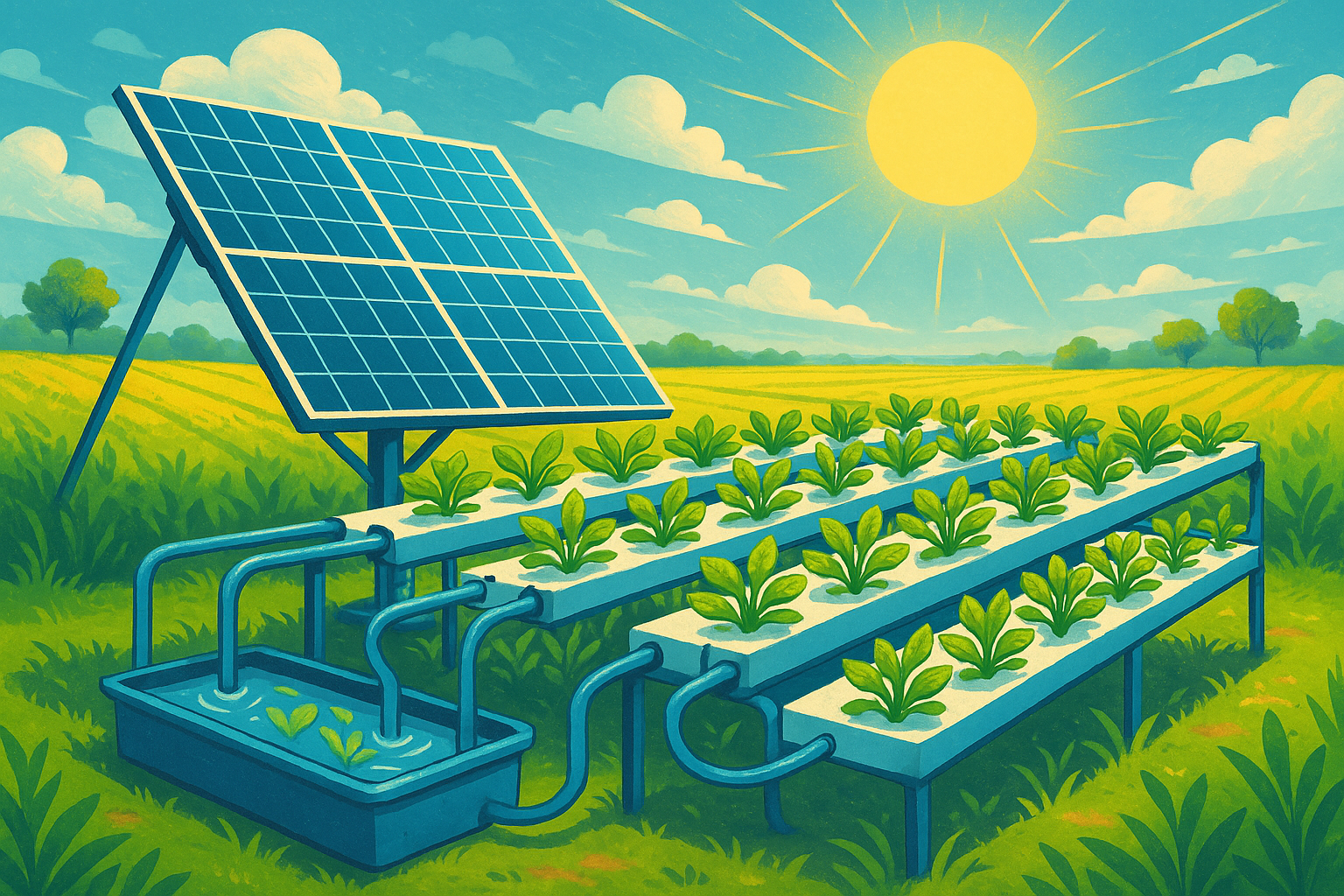
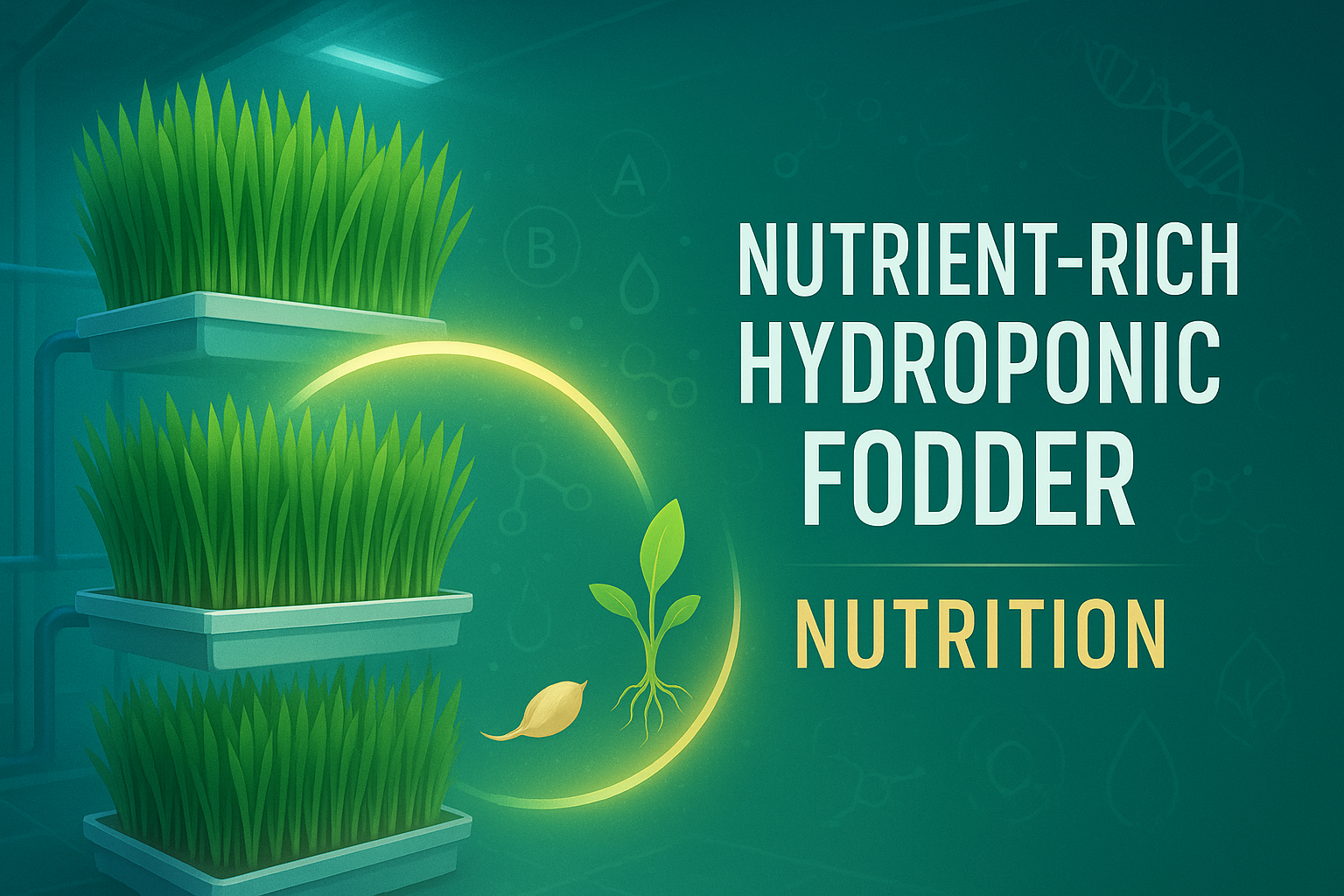
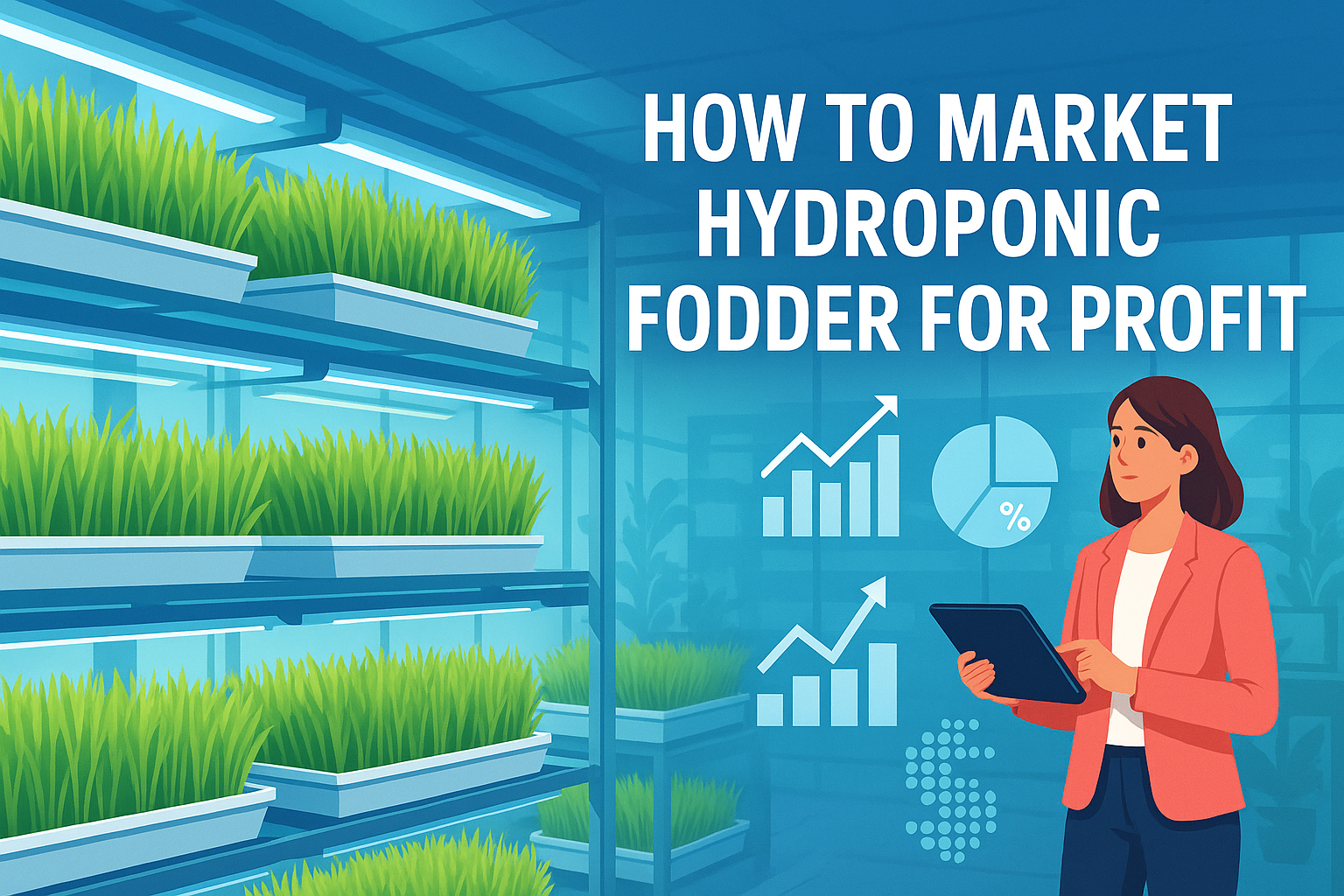
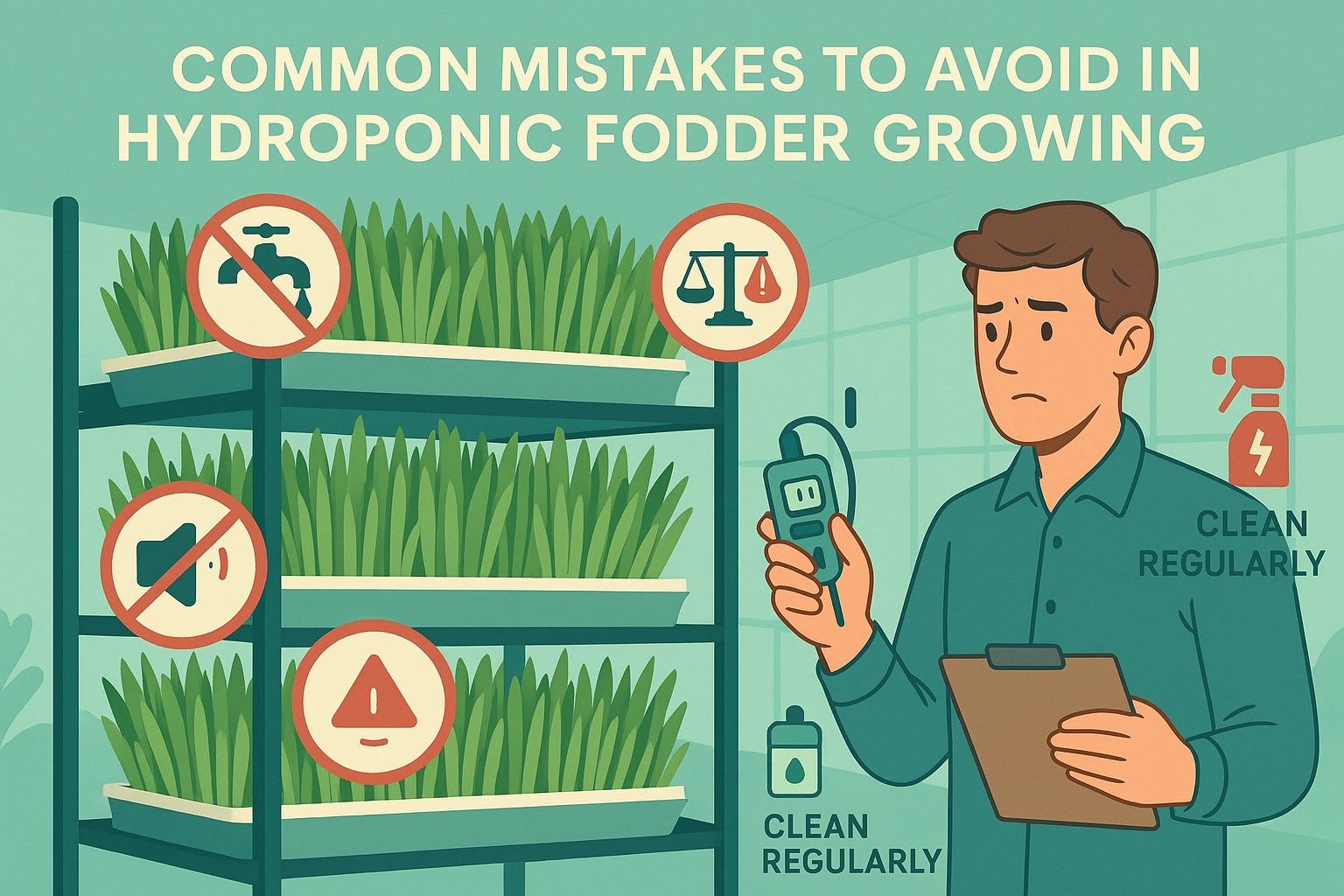




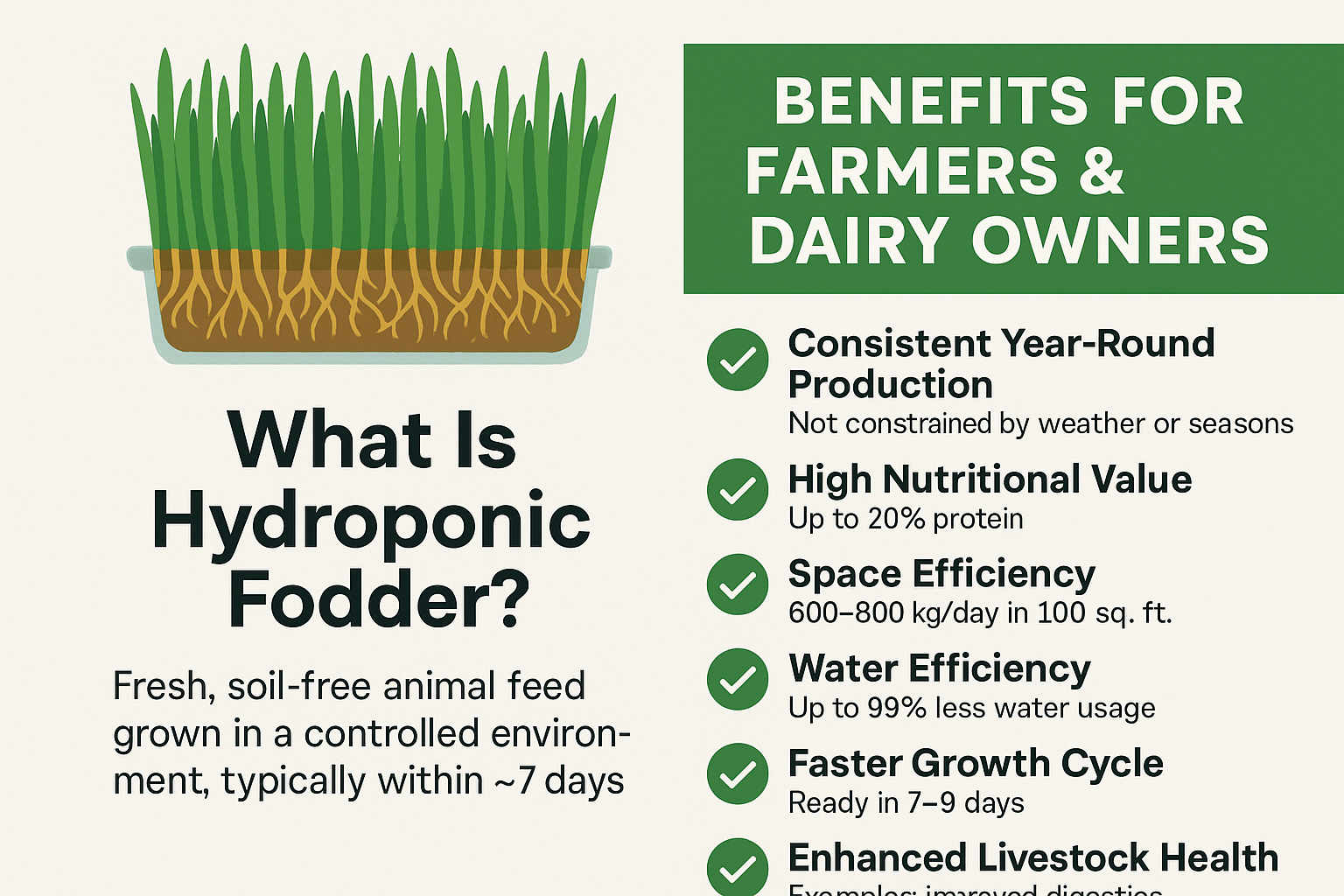
Leave a Reply